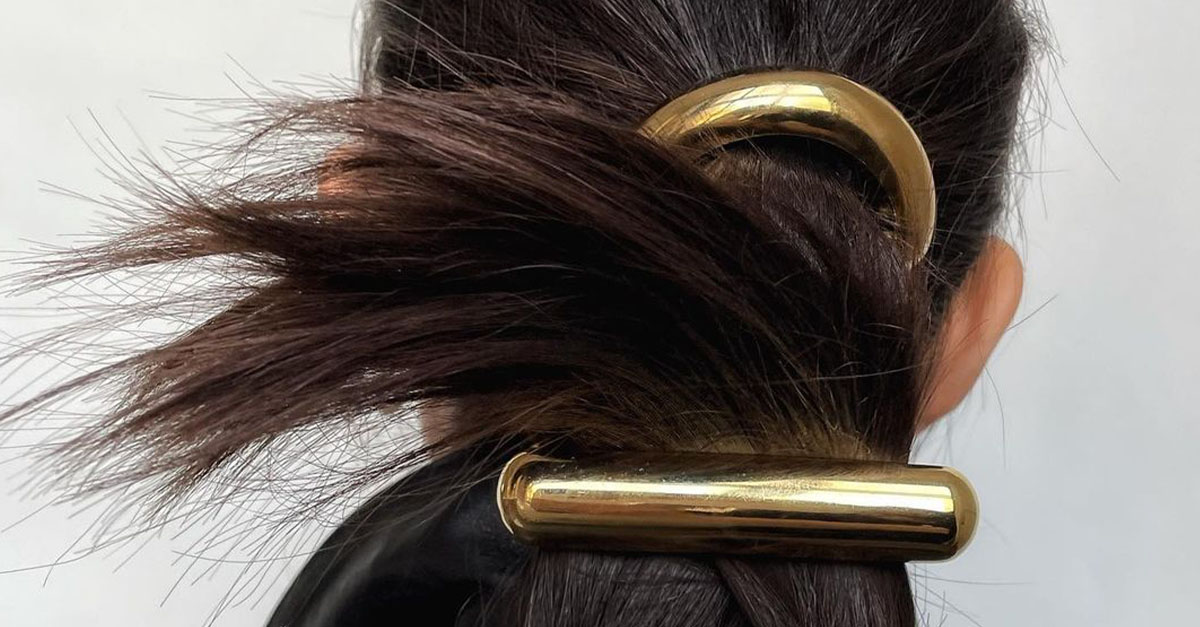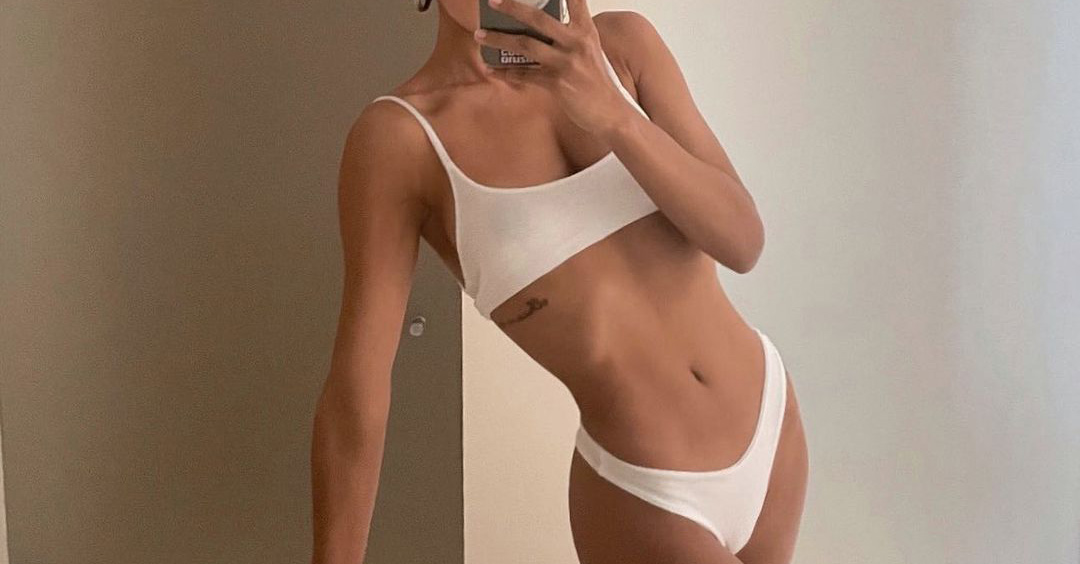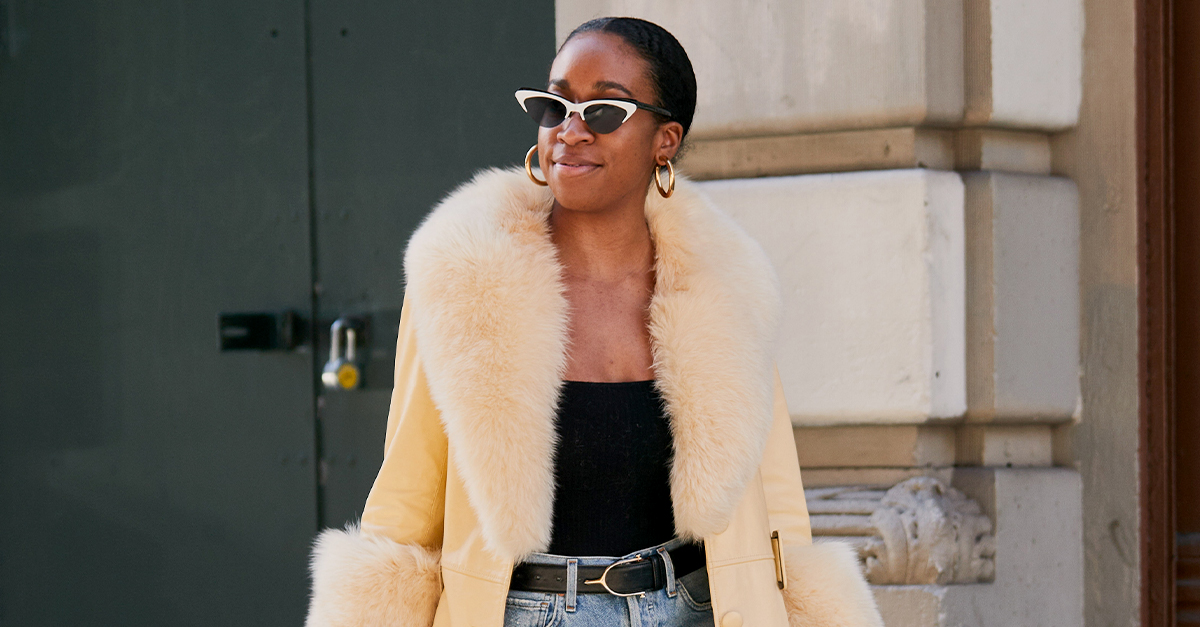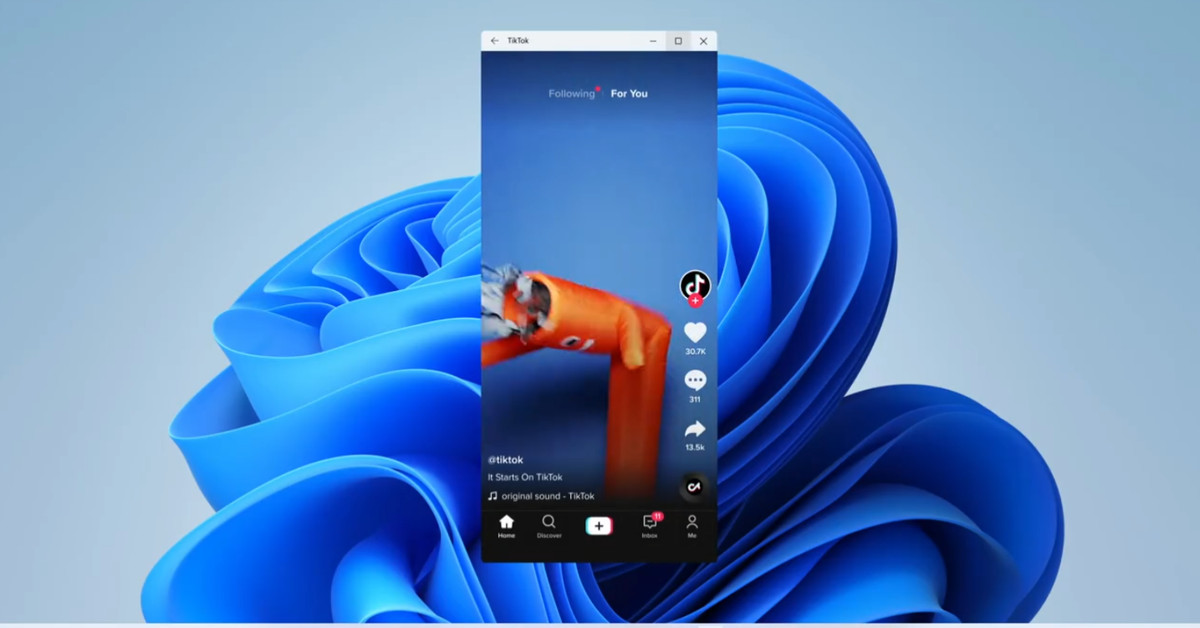6 Things You Should Definitely Know Before Getting a Keratin Hair Treatment
This is a must-read.

For anyone who's seeking smoother, softer, straighter, practically frizz-proof hair, keratin hair treatments can seem practically unicorn in their majesty and appeal. And if you're someone who spends the majority of your getting-ready time with a blow-dryer and flat iron, keratin treatments can significantly streamline your routine, turning a collection of heat-styling tools practically obsolete.
However, like most professional hair treatments—especially ones involving chemicals and in-depth processes—there are some important factors and even some potential risks that are important to take into account. Depending on your goals, budget, hair type, and texture, or even the access you have to professional stylists and salons, keratin hair treatments may or may not be the best option for cultivating smooth, ultra-shiny strands. So to get some answers, we asked some of the most trustworthy experts in the industry to fill us in on everything we need to know on the subject. Keep scrolling!

"Keratin is a naturally occurring protein in the hair, and keratin treatments, in general, are designed to semi-permanently make the hair straighter, softer, and shinier" explains Vernon François, celebrity hairdresser, educator, and founder of Vernon François Haircare; global inclusivity and education advisor for Kérastase; and global consultant, educator, and celebrity hairdresser for Redken. "There are different types that vary in intensity, ingredients, required time, application process, and cost."
According to Los Angeles–based hairstylist Sophie Rose Gutterman, a regular keratin treatment will typically last anywhere between three and six months (depending on at-home upkeep, lifestyle, hair texture, etc.) while an express treatment can last anywhere between six weeks and three months, depending on the same types of factors. Another cardinal rule of keratin treatments? Steer clear of water and ponytails for three days, minimum, as they can bend and add texture to freshly relaxed strands.
Additionally, it's important to make the differentiation between smoothing treatments (like Goldwell Kerasilk), which also contain keratin but are less potent, formaldehyde-free, and more geared toward frizz, and straightening treatments (like Brazilian Blowout) which are stronger, harsher on the hair, and really iron out the texture. In other words, make sure you talk to a stylist you trust and ensure you know what you're actually getting before diving headfirst at the salon.

"I don't typically recommend keratin treatments, but if a client expresses interest, we’ll explore how they envision their hair and why," notes François. "They're a semi-permanent way of altering the structure of the hair, and preventing the hair from holding its true memory can actually enhance the condition of your strands. Some formulas use formaldehyde, which I always stay away from, and most in-salon treatments are not vegan. There are pros and cons, and it really depends on what the client wants and is comfortable with on a personal level."
On the other hand, if you're someone who spends hours with a blow-dryer and flat iron every day or are seeking a low-maintenance way to calm your curl pattern, frizz, or just make your hair more manageable for your lifestyle, a keratin treatment can be a strategic option. "I personally get keratin treatments on my hair because I prefer a blown-out look on myself, and they also help blend the texture of my extensions," shares Amika pro educator and hairstylist Aoife McCarthy. Gutterman is also a fan, noting these types of treatments can actually reduce damage over time if you're someone who uses heat on your hair day in and day out.

"Timing will vary depending on the salon or hairstylist, the specific product/type of keratin treatment you're trying, the hair’s natural starting state, and your desired results," says François. "My process is carefully tailored to the specific texture of my client's hair—be it kinky, coily, curly, wavy, or straight—and how I want the keratin to complement the structure of the hair, taking its length and health into consideration as well. Also, if the client has had previous treatments, I will be very particular about how and where the keratin is applied, in addition to how long I leave it on, which might be different in different areas of the hair."
In general, François says you can expect a deep cleanse followed by the application of the keratin treatment and then a drying and pressing stage to finish. "The protocol will vary based on the specific brand you’re working with, but in most cases, the first step is to wash the hair twice with a clarifying shampoo," explains Gutterman. "Next, the stylist will blow-dry your hair until it's 100% dry since water can dilute the treatment and impact the overall service and results. The product will be applied and allowed to process anywhere between 30 and 45 minutes, and then the stylist will then remove any excess product with a fine-tooth comb, blow-dry the hair so it’s 100% dry, and flat-iron fine sections from roots to end."

As we mentioned earlier, keratin treatments not only help smooth and moisturize the hair, but there's also a major benefit in that they'll cut down your styling time and heat usage. "I have a lot of clients who have an in-between curl pattern. They always flat iron, so this is a great option to keep the hair healthy and help streamline daily styling," Gutterman confirms.
"After the treatment, your strands will look and feel softer, and they will also be less prone to frizz, which is desirable for some clients," adds François "The overall smoothness and shine of your hair may also be enhanced, and treated hair better lends itself to sleek hairstyles—slick-backs or ironed straight." (Psst: Any blowouts you get post-treatment will also last longer due to how the keratin coats the hair shaft.)
That said, if you have curls and don't want to alter your hair's natural curl pattern, keratin treatments might not be the best option. "Your hair will be a lot more relaxed for two to three months," warns Gutterman. "It's imperative your stylist really takes the time to consult with you to see if it's the best option. Although the results aren't permanent, a few months can feel like a long time and can be really hard if you weren’t properly educated on how the service will affect your specific hair type." Additionally, when applied and/or used incorrectly, the combination of heat and chemicals can pose potential health risks, so it's nonnegotiable to see a trained, licensed professional."
François is also quick to point out that any potential downsides are more correlated to the professional you see (and how they administer the treatment) and not so much the keratin itself. "It's all about the technique and the product that's chosen," he continues. "How the hair is washed, how the treatment is applied, and how the strands are blow-dried. And, most importantly, how the flat iron is used at the end of the process—all of these things need to be done with skill and adapted to each individual head of hair."

Again, this really comes down to the type of keratin treatment you're getting and the professional/salon who will be administering it. (Do we sound like a broken record yet?) How much hair you have can also impact the cost. According to François, you can expect to spend around three hours in the salon and anywhere between $300 and $900. That said, if you're down for an express treatment (which will have similar results but won't last as long), McCarthy says it will only set you back about $150.

Keratin treatments do involve chemicals, so in addition to stocking up on some key products to help maintain the look and feel of your new relaxed texture, you'll want to sprinkle in some gentle, albeit high-quality, strengthening treatments. Oh, and if you think there are products you can try at home to replicate the results of a professional keratin treatment, think again.
"There are at-home options, but they won’t give you the same shine or results that a salon treatment will," McCarthy explains. "However, if you’re scared of chemicals and decide not to opt for a treatment, crème-de-la-crème smoothing formulas will be your new best friends." Keep scrolling for the specific products our experts recommend adding or swapping into your lineup.










 Landwebs
Landwebs 

















/cdn.vox-cdn.com/uploads/chorus_asset/file/24430706/elon_musk_twitter_for_you.png)






